Crespi d'Adda is located in Lombardy, precisely in an area bordered by two rivers, the Adda and the Brembo, which form the peninsula called "Isola Bergamasca", at the end of which is a workers' village. It is a real small town with the factory, the houses and all the useful services for the inhabitants.
The 'ideal city' was conceived by the Crespi family between the 19th and 20th centuries to house the employees of the textile industry and their families. Over time, this particular site has evolved from a simple suburb into a true architectural heritage site, famous not only for the style of its buildings, but above all for its philosophy.

History
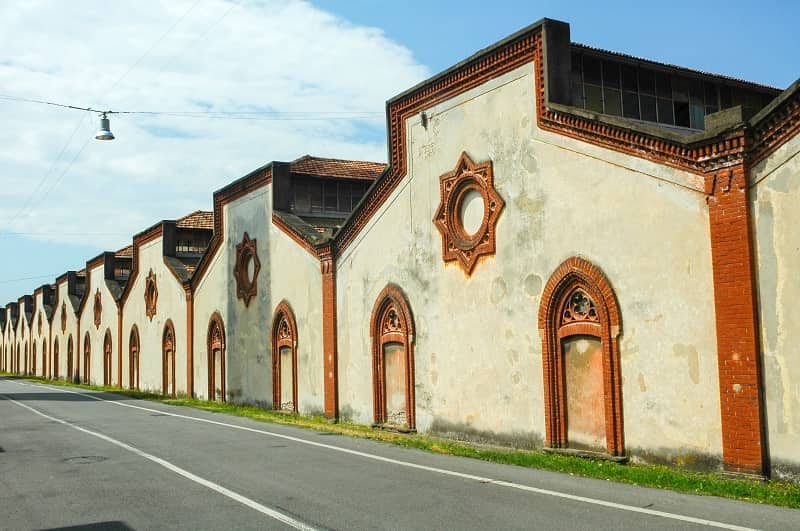
But how did this particular example of industrial architecture come about? The innovative idea of creating an isolated community where owners and employees could live together in an organised village was the brainchild of the industrialist Cristoforo Benigno Crespi and his son Silvio Benigno. The inspiration came from contemporary German and English cotton mills.
Completed in the late 1920s, the town offered employees a high standard of living. In this company, the entrepreneur provided for the needs of the employees and their families, who were provided with housing and all the services necessary to lead a comfortable life: church, school, food and clothing shops, hospital, public baths and even places for recreational activities such as the theatre. The ideal city, then, where the industrialists had created a 'perfect' world in order to guarantee an easy life for workers. It is, in fact, an exceptional example of the 'company town' phenomenon already present in Europe and North America, an expression of the philosophy of the industrialists of the time towards their employees.
The town remained in family ownership until the 1970s, when many of the buildings, particularly the houses, were sold to private owners. Depopulation led to a significant decline in industrial activity.
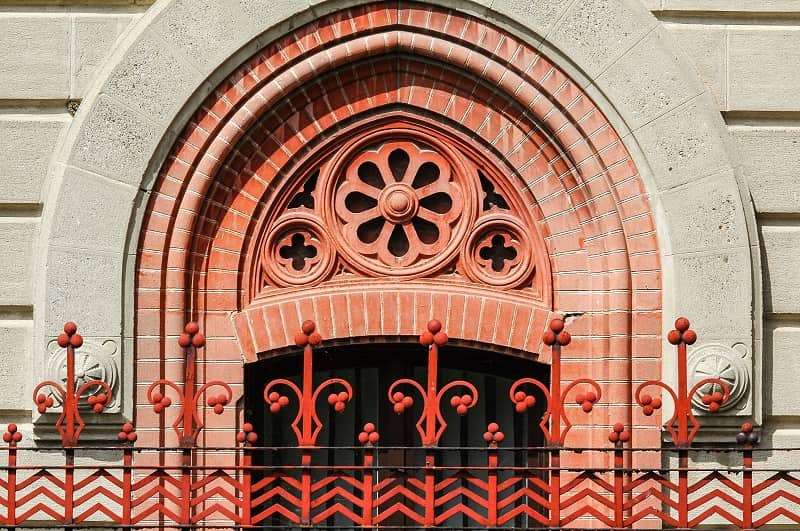
The company town
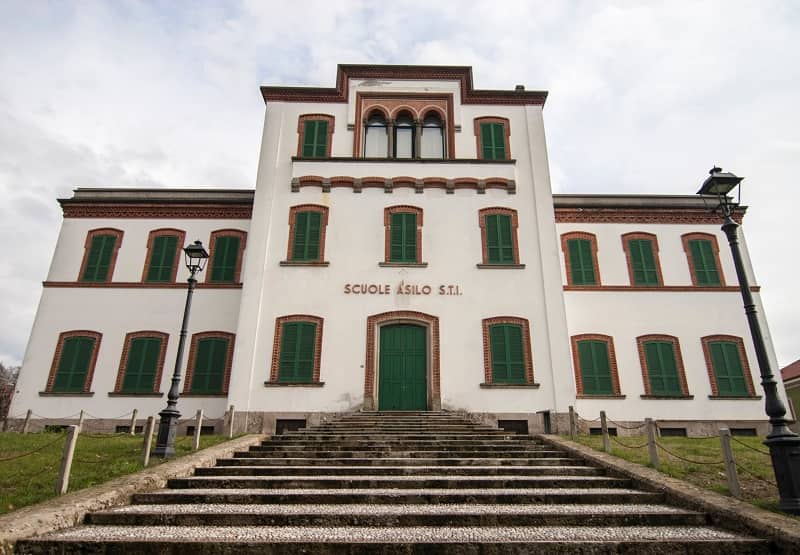
The structure of the village develops around a factory built in medieval style and positioned along the main road with its majestic entrance full of decorative elements and chimneys.
Next to the factory is the manor house, home of the Crespi family, in 14th-century style, with its tower, a symbol of the family's power.
The workers' dwellings are built on an English housing model: about fifty small houses lined up along parallel streets, with terracotta decorations, exposed bricks and wrought iron details. Each building has its own vegetable garden and small garden.
There are also public toilets and laundries, a clinic, a consumers' cooperative, a school, a small theatre, a sports centre, a church, a house for the local priest and a doctor and a hydroelectric station that provided free electricity and other services.
There is even a cemetery, a national monument; inside is the Crespi chapel: a pyramid rising among the many workers' graves, small crosses lined up in the lawn.
UNESCO World Heritage
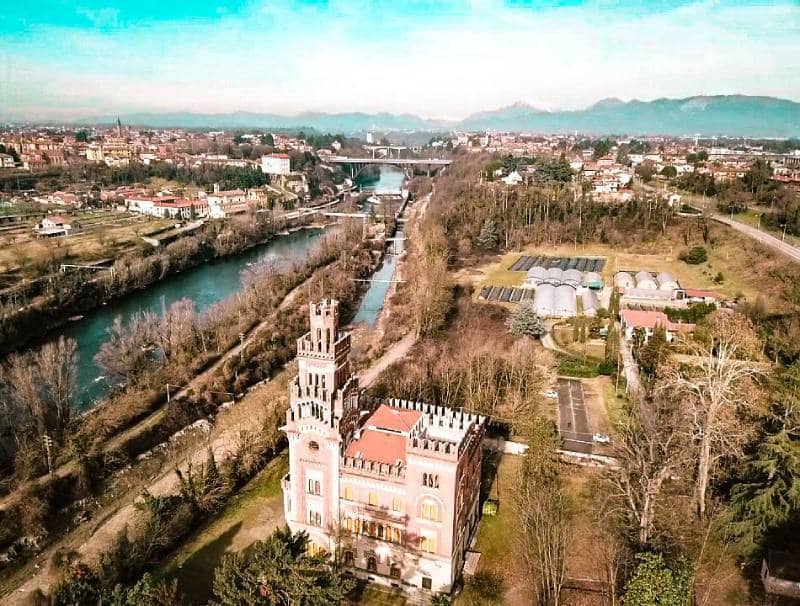
In 1995, UNESCO included Crespi d'Adda on its World Heritage List as an "exceptional example of the phenomenon of workers' villages, the most complete and best preserved in southern Europe". In fact, this village is the perfect model of an architectural complex that describes a significant period in history, that of the birth of modern industry in Italy.
The recognition of the workers' village as a UNESCO site is due to the initiative of some young university students who managed to promote and make the world understand the value of this place, prompting the Municipality of Capriate San Gervasio to submit the candidature.
In January 1995, the International Council for Monuments and Sites UNESCO sent an expert to assess the characteristics of the site. The examiner described it as "of absolute value in the context of sites of industrial archaeology".
It is the fifth site in the world in this category, declared to be 'an expression of the philosophy prevailing among enlightened industrialists with regard to their workers'.
The site has been preserved perfectly intact, maintaining its urban and architectural appearance. Even today, it is home to a community largely descended from the workers who lived or worked there. The factory itself remained in operation until 2004, still in the cotton textile sector. It is currently visited by many tourists interested not only in admiring the architecture of the buildings, but above all in grasping the innovative and original philosophy connected with the village.
To find out more about Unesco sites in Italy, don't miss our complete guide to all Italian Unesco sites, region by region!
About the author
Written on 12/03/2021


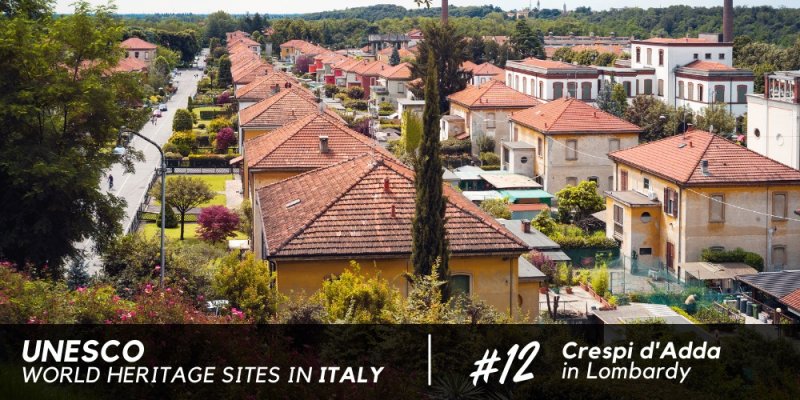
Maria Luisa Ancona
The village of Crespi d'Adda, a UNESCO World Heritage Site since 1995, is an important example of industrial archaeology. It is a real village with its factories, houses, schools and churches; an expression of the enlightened philosophy of European and American industrialists of the early 20th century towards their workers.